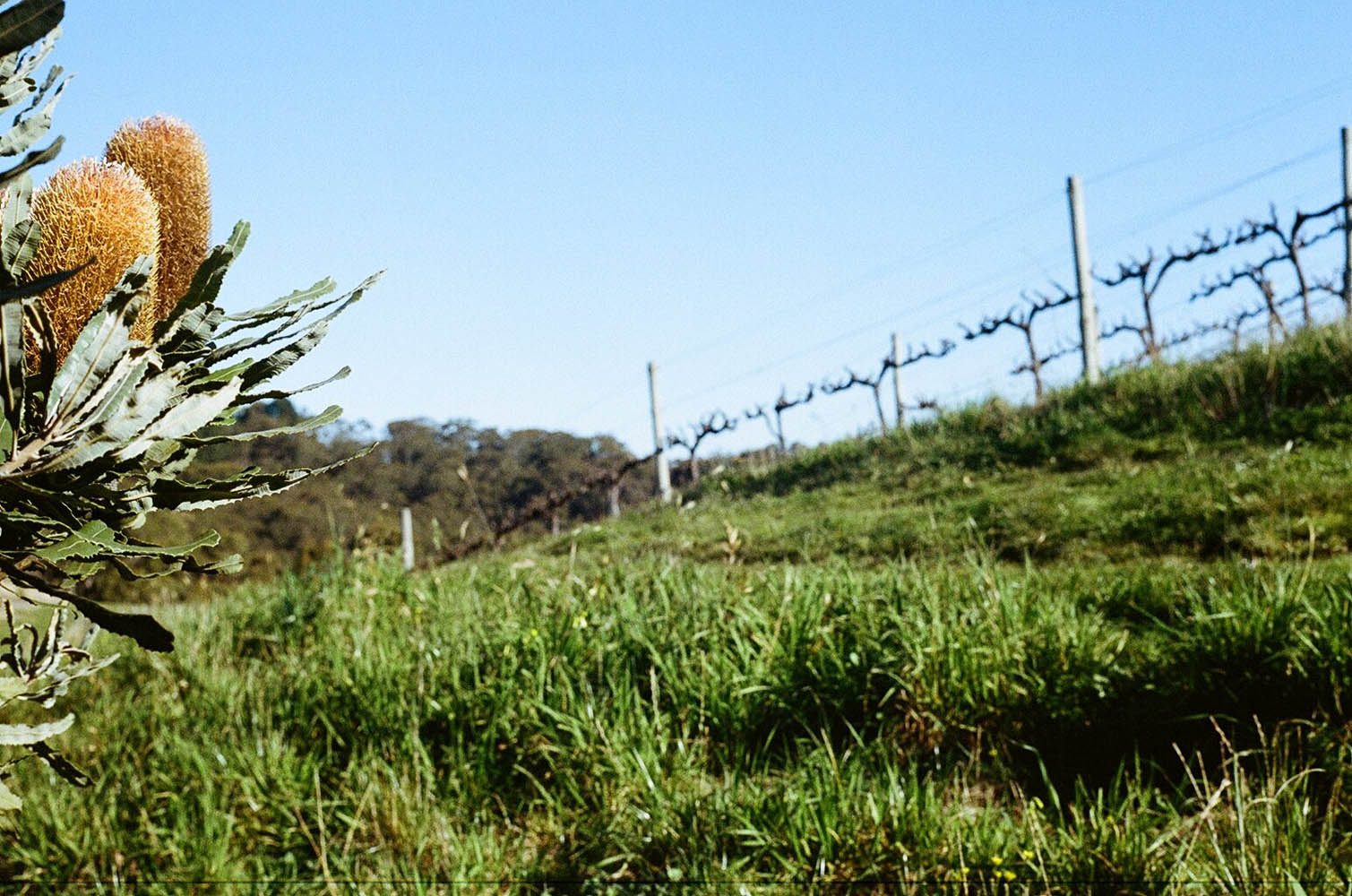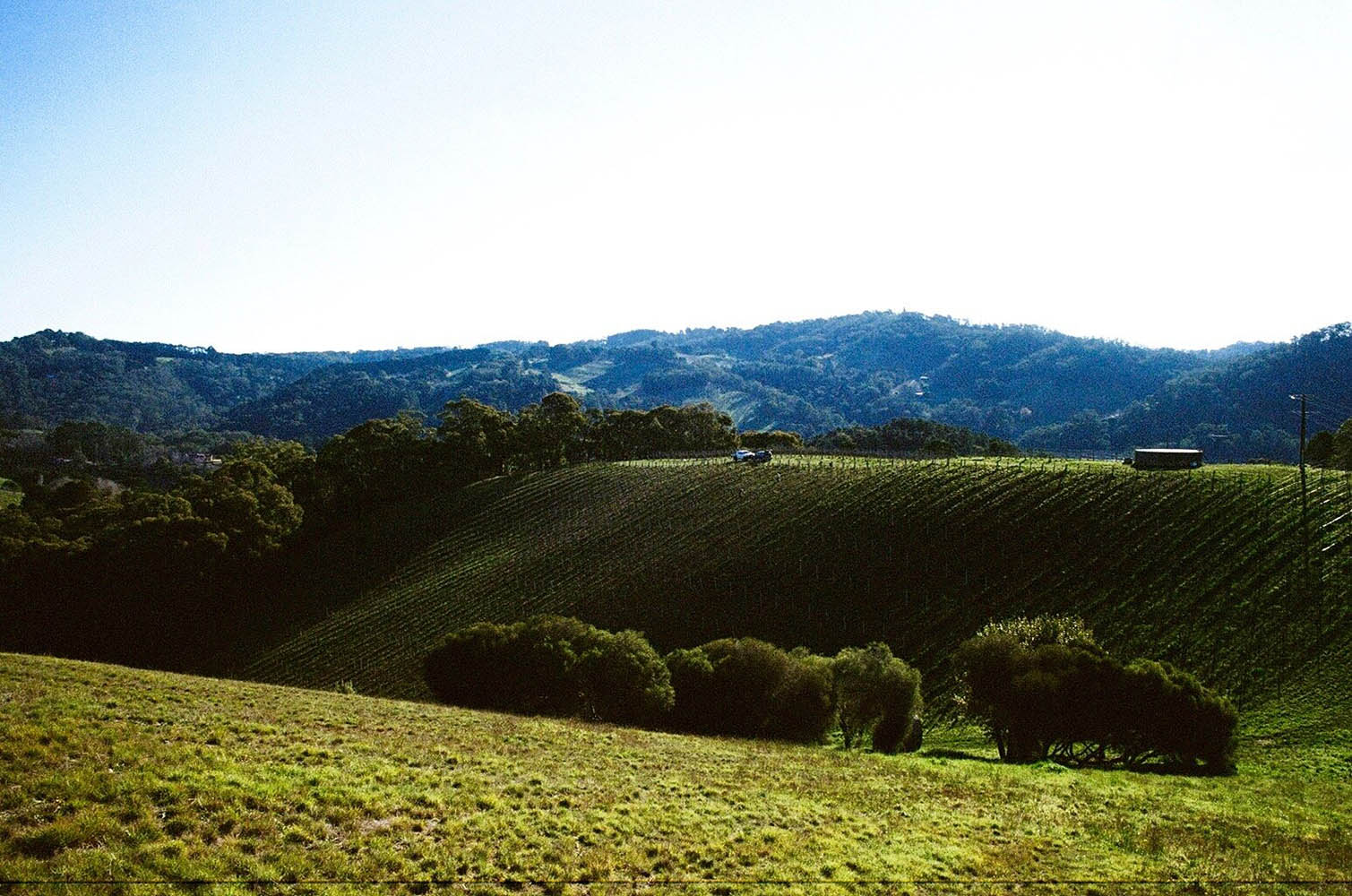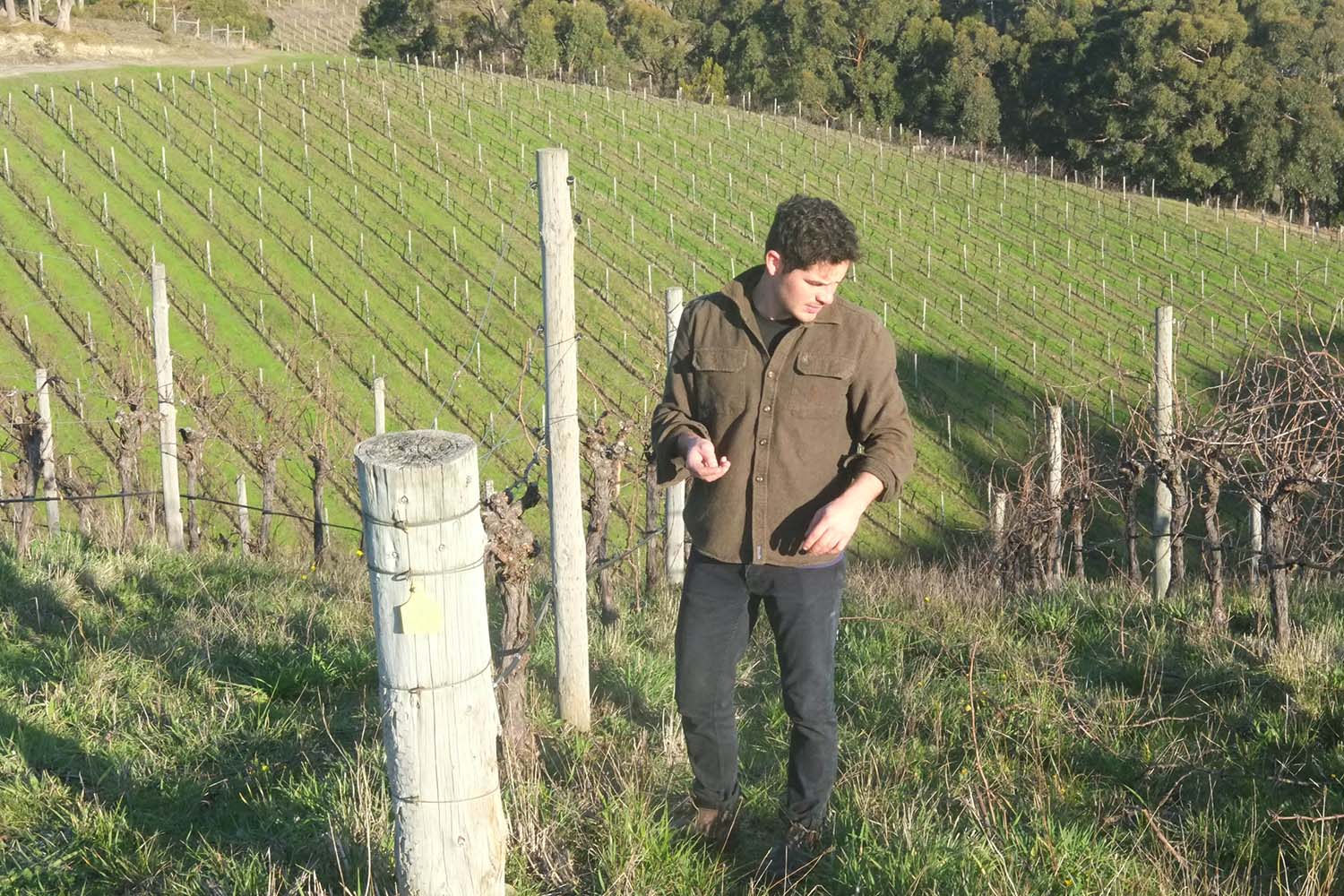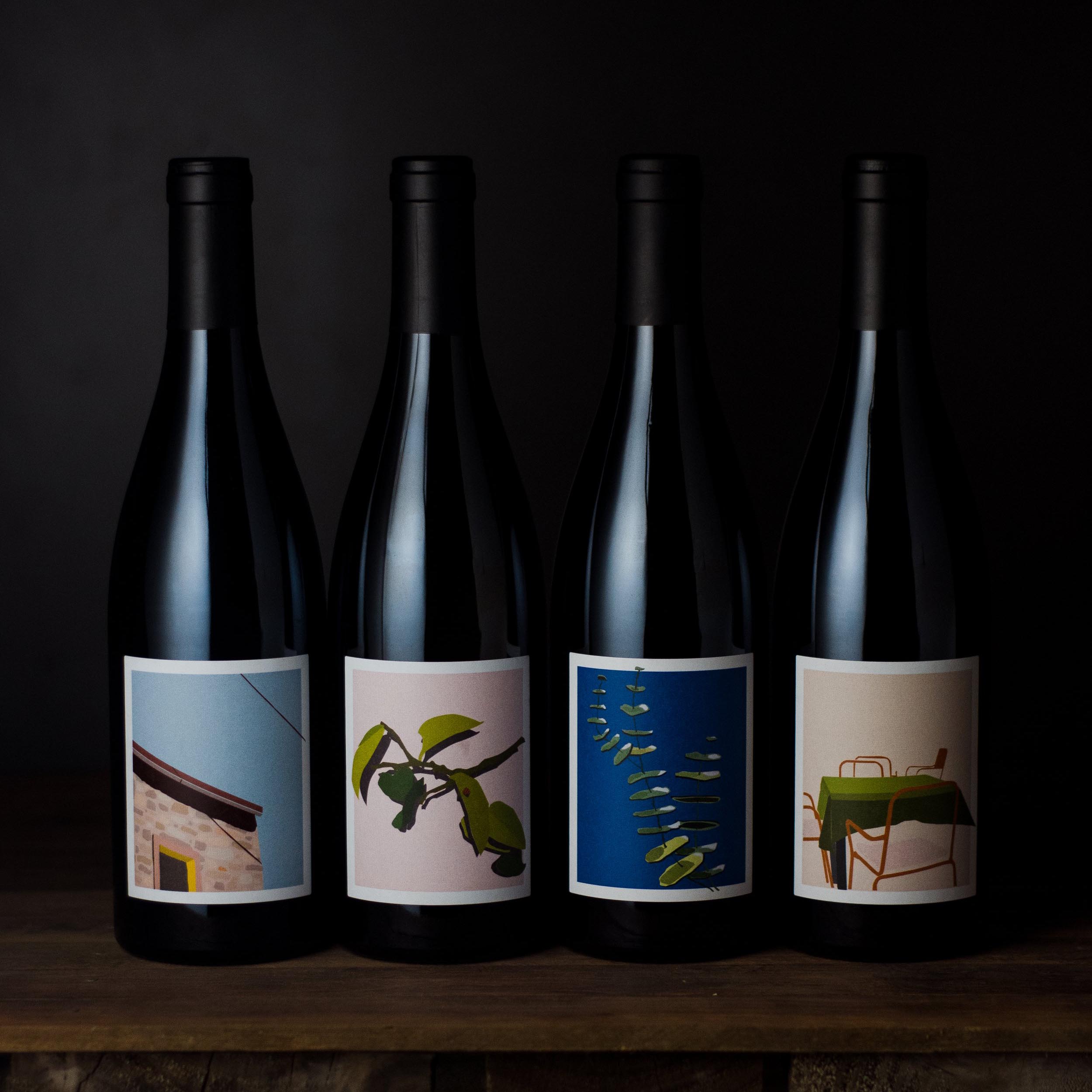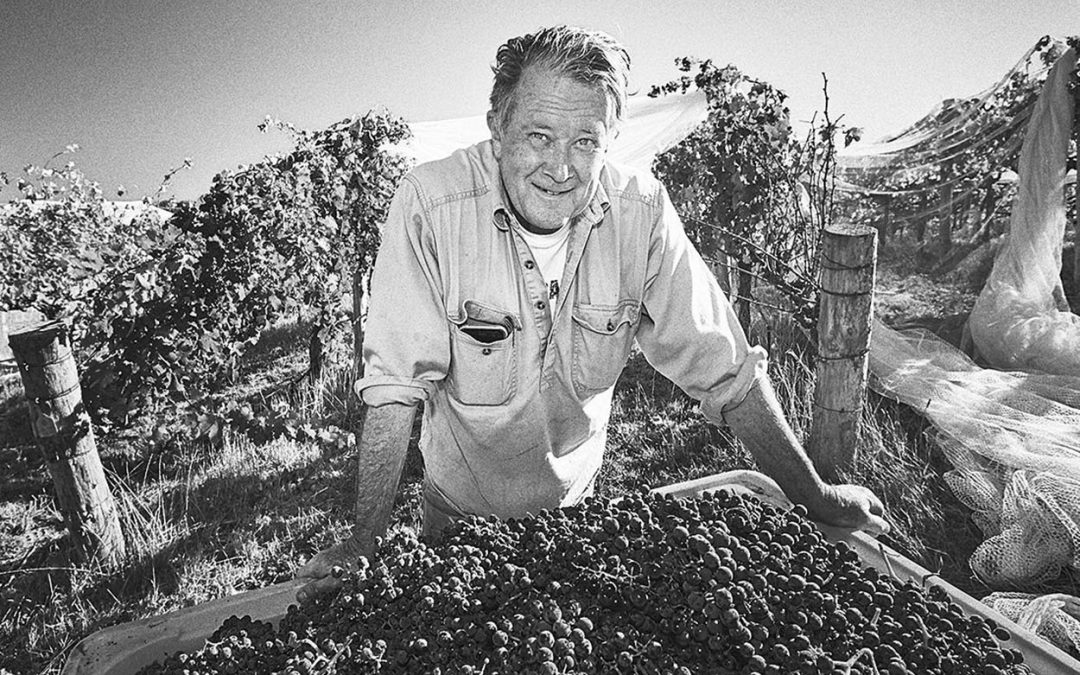Back in 1980, Phillip Broderick was neither a winemaker nor an agriculturalist.
But he did like drinking wine, and he liked Basket Range. So, he decided to plant a few vines on the property he owned there. As it turns out, these were the first grapes grown in the area.
“An old fella down the way said, ‘oh, you’re mad, you’ll get frost’,” says Phillip. “But the frost hits in June and July, and you don’t get bud bursts until September, so it misses the frost season. And the property actually – and the whole area does – grows terrific berries, very good cherries, excellent apples and pears. And vines are in the middle.
“So, I thought, it figures they would be reasonable grapes. There’s no rocket science to it. That’s all there was to it.” While Phil didn’t know it at the time, his decision to grow grapes across an acre or so of land would be the first step toward the region’s greatness. Phil’s successful vines, and the wines he and wife Mary began making from them in about 1988 under his Basket Range Wine label, proved the potential of the region.
Since his first experimental foray into viticulture, Phil has become far more knowledgeable. Now, he sees that the region’s climate and its elevation above sea level – which is roughly similar to that of Clare – position it perfectly for grape-growing. But he also believes Basket Range’s culture and philosophy have been part of its success, especially as it’s become more and more populous.
Sholto worked two vintages in France and in local wineries in the Adelaide Hills. He started making wine from the family’s vineyard under the Basket Range Wine label in 2016. At the same time, he took over the viticulture full-time, managing the vineyard organically. Since then, production has increased in its entirety, as well as a small amount of Chardonnay from two other local vineyards.
The Adelaide Hills is a region of varied soils, aspects and microclimates. Their vineyard encapsulates this well, through three main blocks, comprising three different hillside plantings; two are north-facing aspects and one is southern-facing slope. The geology is ancient, with a bedrock of sandstone as well as ironstone and quartz distributed through blue and red clay.
The vineyard’s aspects are planted to suit the varieties. Cabernet Sauvignon, Merlot and Petit Verdot are planted to north and west-facing aspects, where the afternoon sun aids in developing these later ripening varieties in our cool-climate region. Pinot Noir and Chardonnay are planted to cooler, more protected, south and east facing aspects.
Sholto’s goal is to make wines which reflect the vineyard. To be able to best express different sites, aspects and varieties allows the winemaking process to be relatively simple; using less manipulation, while being conscious of making wines with detail, focus and longevity. Growing and making Pinot Noir and Chardonnay under the label allows for wines to be synonymous with the Adelaide Hills region and its winemaking history. Cabernet Sauvignon, Merlot and Petit Verdot, which were in the first plantings of Basket Range Wine, hold special meaning to Sholto’s and his family’s hearts. The suitability of those plantings to our vineyard and the provenance they hold within the label is something that excites them, even today.
